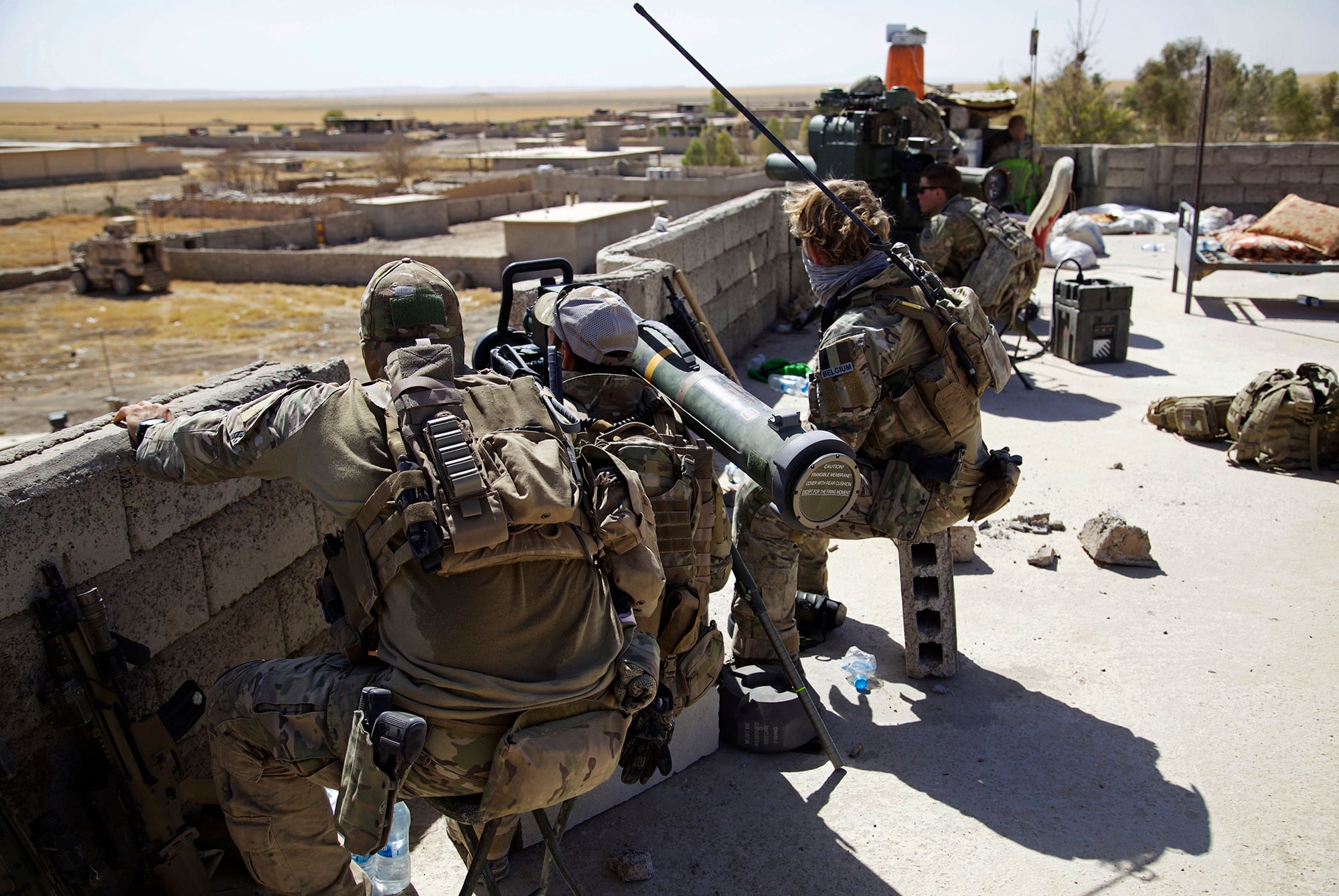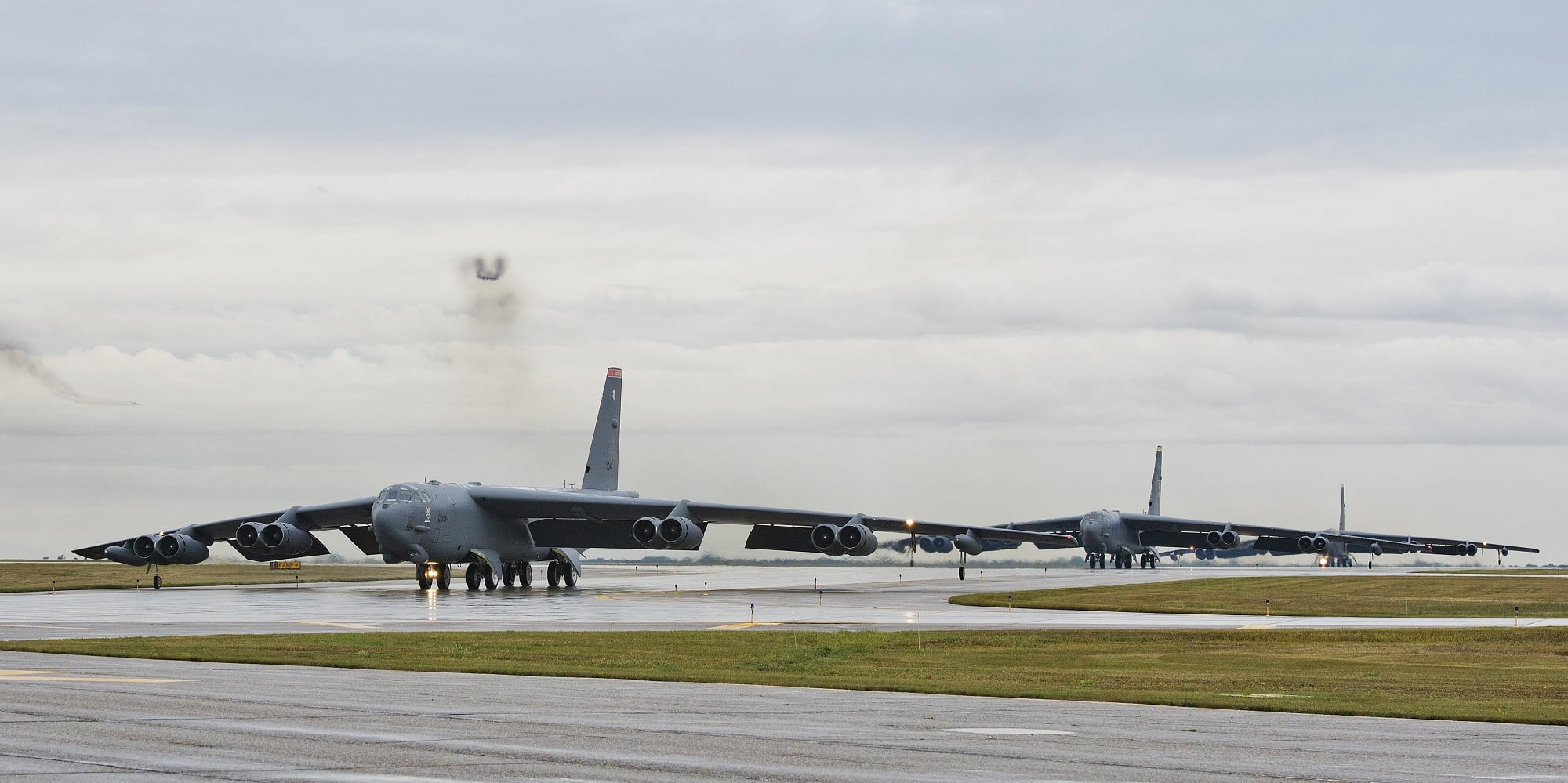Less than a thousand U.S. troops and assets consisting of intelligence aircraft, engineers and fighter pilots are heading to the Middle East as a “prudent defensive measure” against Iran, the Pentagon announced Friday afternoon.
Together with a Patriot missile defense battalion that was deployed to the region earlier this month, the Defense Department will have about 1,500 troops based in the Middle East for the purpose of defending itself from Iran.
“Today, I informed Congress that I approved the combatant commander’s request for the deployment of additional resources and capabilities to the Middle East to improve our force protection and safeguard U.S. forces given the ongoing threat posed by Iranian forces, including the IRGC and its proxies,” Acting Secretary of Defense Patrick M. Shanahan said in a statement Friday.
RELATED

The White House and Pentagon began warning of an increased Iranian threat earlier this month, but have yet to lay out solid evidence of that threat to the American public.
During a Friday briefing, Joint Staff Director Rear Adm. Michael Gilday said the recent movement of U.S. assets into the Middle East was spurred by Iranian behavior that has grown increasingly “troubling, escalatory and dangerous.”
Gilday cited public declarations by Iranian leaders to close the Strait of Hormuz, attacks on oil tankers allegedly conducted by Iran, attacks on a Saudi oil pipeline allegedly conducted by Iranian proxies in Yemen, and “multiple, credible reports” that Iranian proxy groups “intend to attack U.S. personnel in the Middle East.”
But when pressed for substantive evidence of Iranian involvement in those incidents or its intent to attack U.S. forces, Gilday said he could not reveal the source of that intelligence “except to say, in very high confidence, we tie the Iranians to those” events.
Katie Wheelbarger, assistant secretary of defense for international security affairs, added that the intelligence community is looking at whether it can declassify any pertinent materials without having to reveal its sources or methods.
The decision to send additional assets to U.S. Central Command comes after varying reports that the command requested anywhere from 5,000 to 10,000 additional troops. However, Wheelbarger told reporters that she “doesn’t know where the 10,000 number came from” and that the forces deployed to CENTCOM came in direct response to a request from its commander, Gen. Kenneth McKenzie Jr..
Gilday said that the Defense Department is still working through which platforms and units will be sent to CENTCOM.
But when a reporter asked whether it could it could include stealth fighters like the F-22 or F-35, the Rivet Joint, the RQ-4 Global Hawk surveillance drone or MQ-9 Reaper , Gilday responded that those aircraft “pretty much hit the range of both manned and unmanned assets that we’re looking at deploying to theater.”
What is certain, Gilday said, is that the additional fighter squadron will come from the Air Force.
“If you think about the nature of the assets that I’ve described to go to theater, they’re really designed to do three things. One is to see the threat better. That would be through the ISR assets, both manned and unmanned,” Gilday said. “General McKenzie felt that we needed greater visibility into the movement of proxy forces and Iranian forces in order to remain poised to defend ourselves.”
The engineer element will “help to harden the defenses that we already have," and the new fighter squadron would give the military the ability to "defend or respond if we have to” to Iranian provocations.
RELATED

The Defense Department will also retain a Patriot battalion in CENTCOM, which consists of a headquarters battery, a maintenance company and four to six firing batteries, and includes as many as 600 soldiers.
“The additional deployment to the U.S. Central Command area of responsibility is a prudent defensive measure and intended to reduce the possibility of future hostilities,” Shanahan said in his statement. “I remain committed to ensuring U.S. personnel have the force protection resources they need and deserve.”
The U.S. military has already dispatched a B-52 bomber task force, an aircraft carrier strike group and an amphibious transport dock to the region, among other assets. U.S. Air Force F-35 stealth fighters and F-15C air superiority fighters are also in theater. Those assets have been flying deterrence missions in the region, including over the Arabian Gulf.
Valerie Insinna is Defense News' air warfare reporter. She previously worked the Navy/congressional beats for Defense Daily, which followed almost three years as a staff writer for National Defense Magazine. Prior to that, she worked as an editorial assistant for the Tokyo Shimbun’s Washington bureau.
Kyle Rempfer was an editor and reporter who has covered combat operations, criminal cases, foreign military assistance and training accidents. Before entering journalism, Kyle served in U.S. Air Force Special Tactics and deployed in 2014 to Paktika Province, Afghanistan, and Baghdad, Iraq.





